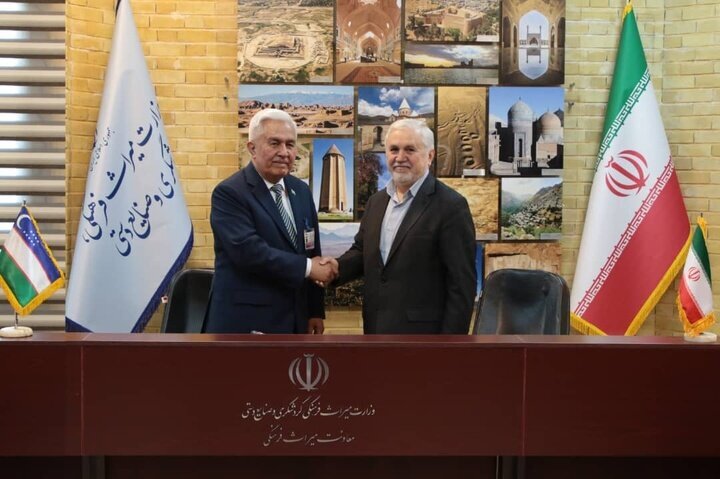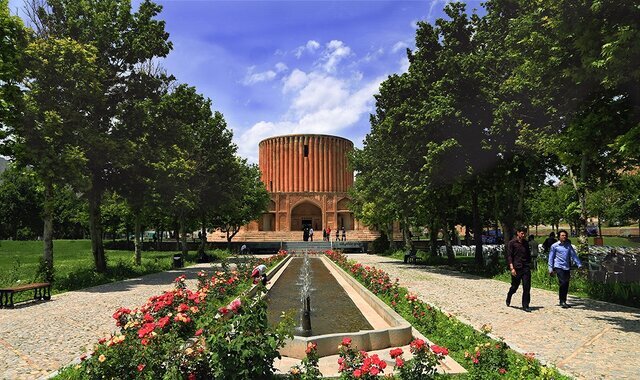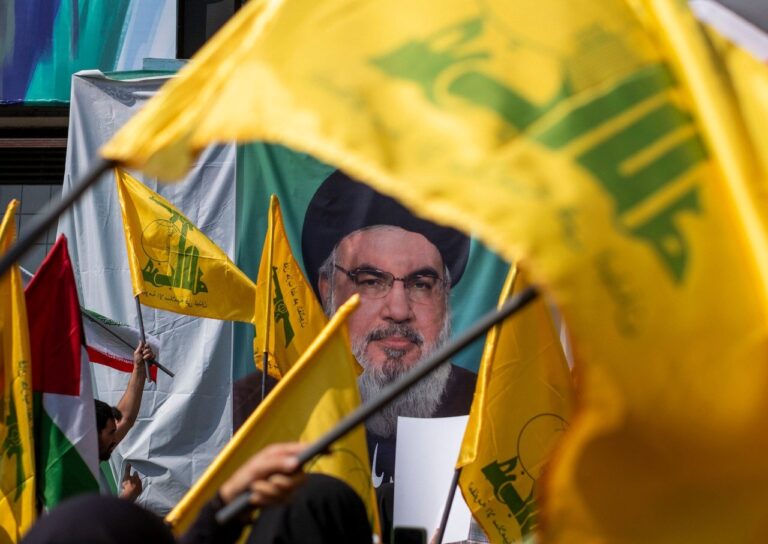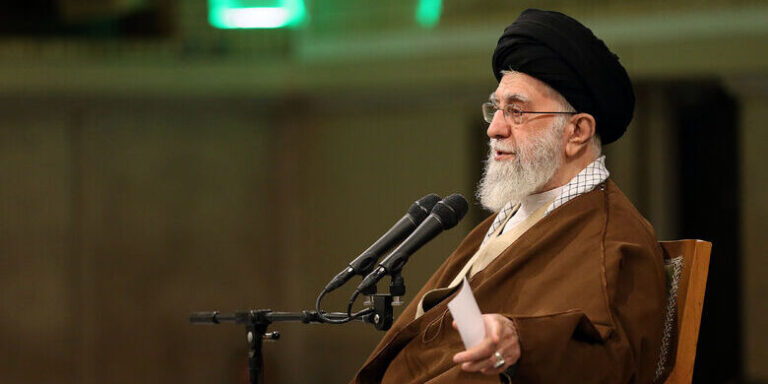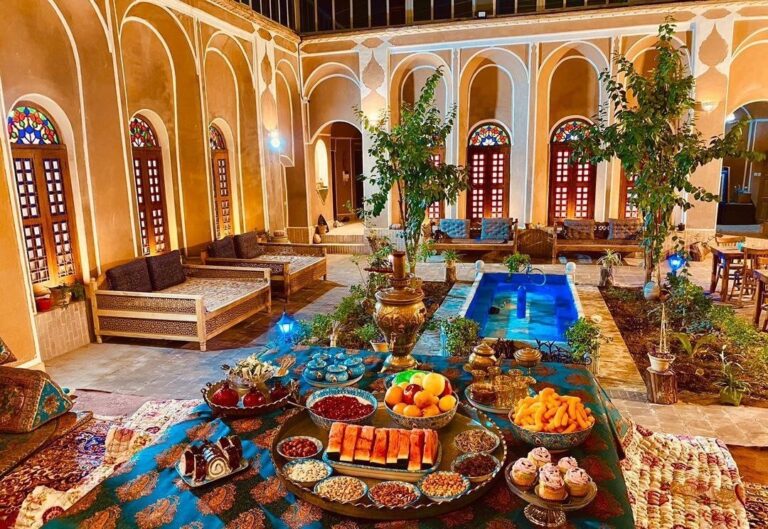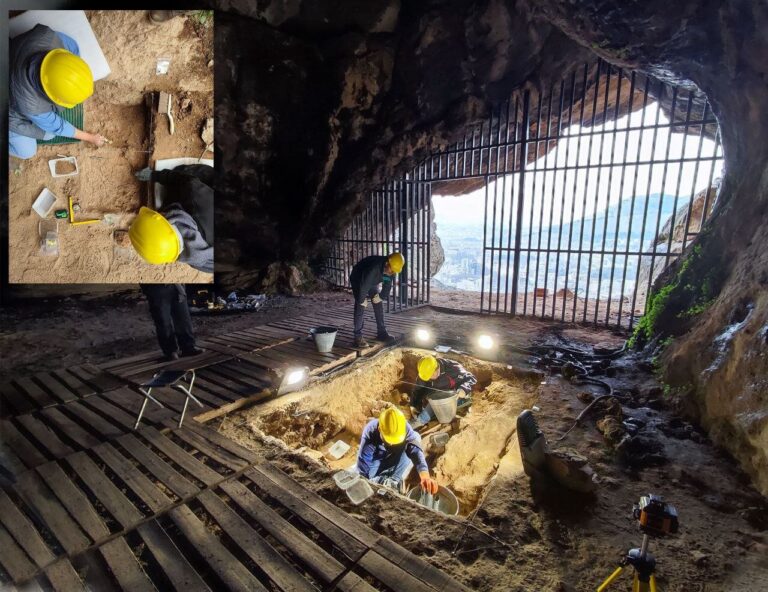Tehran and Tashkent Unite: Exploring Museum Exhibitions and Strengthening Heritage Cooperation
Iran is eager to enhance its cultural collaboration with Uzbekistan, focusing on exciting initiatives such as joint museum exhibitions, world heritage registrations, and historical restoration projects. This commitment was highlighted during a recent meeting between Ali Darabi, Iran’s Deputy Minister of Cultural Heritage, and Tursunali Kuziev, the first deputy director of Uzbekistan’s Cultural Heritage Agency.
During this significant meeting, Darabi underscored the deep-rooted cultural and civilizational connections between Iran and Uzbekistan. He expressed Iran’s readiness to engage in several cooperative efforts, including:
- Drafting joint files for UNESCO World Heritage registration.
- Organizing museum exhibitions.
- Participating in historical restoration projects.
“Iran and Uzbekistan share profound historical and cultural connections. These commonalities offer an excellent foundation for strengthening bilateral cooperation in cultural heritage,” Darabi remarked, emphasizing the potential for collaboration.
He also cited the success of “The Glory of Ancient Persia” exhibition held in China, which displayed 216 significant Iranian artifacts and attracted over 50 million visitors. Darabi proposed the idea of hosting similar exhibitions in prominent Uzbek cities such as Tashkent or Samarkand. This initiative could not only showcase Iranian heritage but also attract global attention to Uzbekistan’s rich cultural landscape.
In addition to exhibitions, Darabi expressed Iran’s willingness to share its expertise in historical restoration and offer joint training programs for professionals in Uzbekistan. This exchange of knowledge could significantly enhance the skills and capabilities of those involved in preserving cultural heritage.
Moreover, Darabi highlighted the importance of the Persian language as a historical and cultural bridge between the two nations. He stated, “Persian was once the administrative language in Uzbekistan. This shared linguistic heritage is a valuable cultural asset that can help further our relations.”
He also pointed out the symbolic significance of cities like Samarkand and Bukhara in Iranian literature and identity. These cities have left an indelible mark on Persian poetry, often representing themes of love, culture, and history.
On the other hand, Kuziev expressed enthusiasm for the potential of extended collaboration between the two countries. He noted the artistic and spiritual similarities found in Iranian and Uzbek museum artifacts. Kuziev recognized the historical influence of Iranian culture in Uzbekistan, particularly in architecture, where Persian inscriptions and verses by Hafez can be found adorning centuries-old mosques and minarets.
Furthermore, Kuziev articulated a strong interest in leveraging Iranian expertise for the restoration and conservation of historical sites. He emphasized that scientific and practical cooperation with Iran could play a crucial role in preserving the shared cultural heritage of both nations.
In conclusion, the meeting between Iran and Uzbekistan signifies a promising step towards enriching cultural ties and enhancing cooperation in preserving their unique heritages. The proposed initiatives, including museum exhibitions and historical restoration projects, are expected to foster a deeper understanding and appreciation of the rich historical narratives that both countries share.
